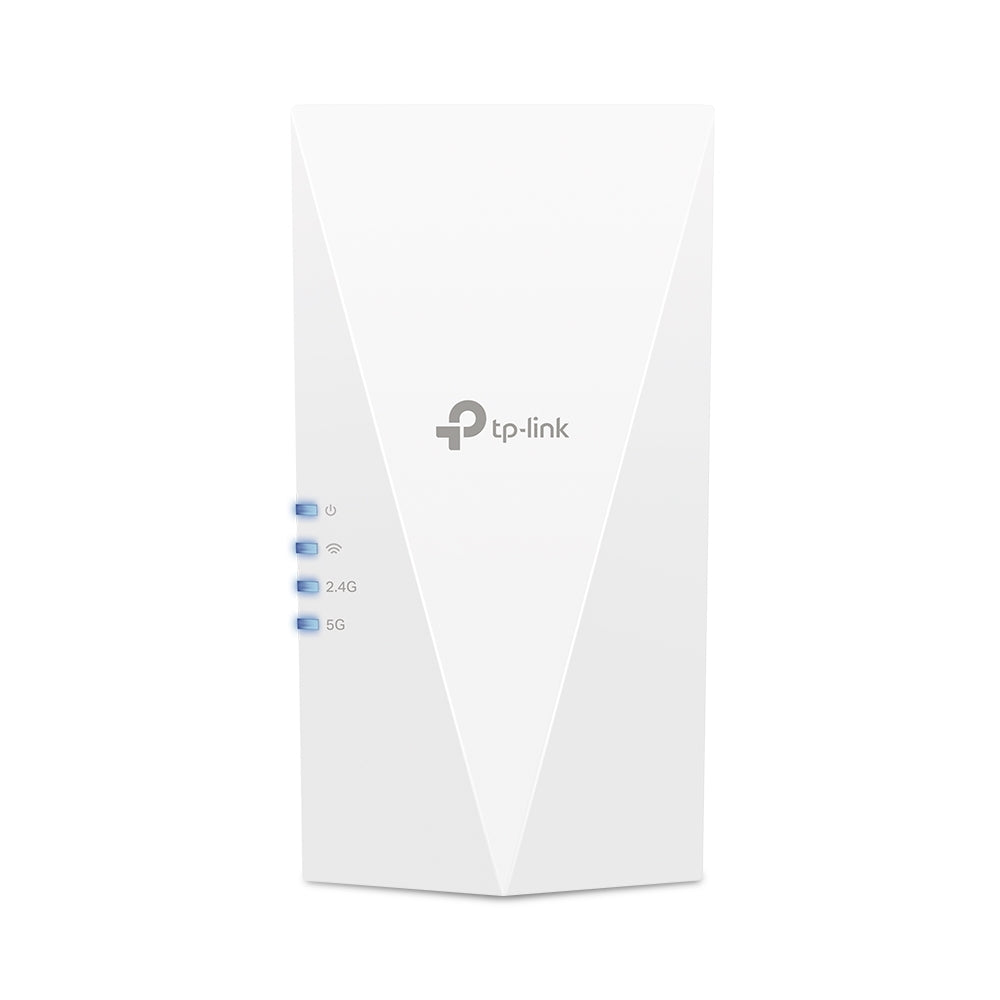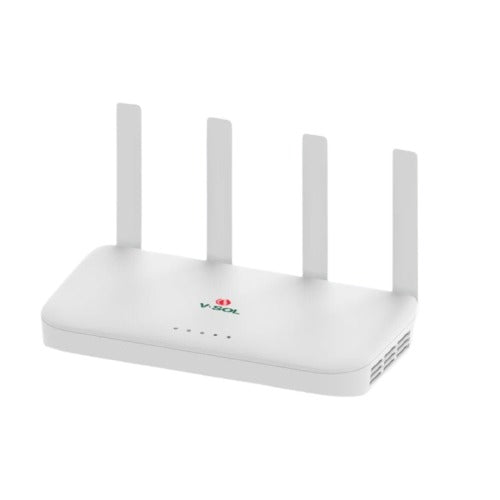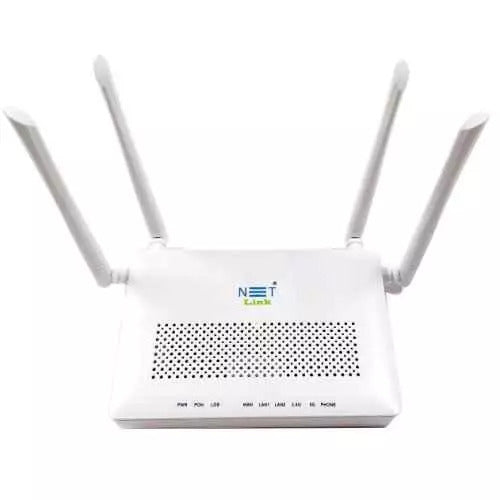
Cracking the Code: The Enigmatic World of Fiber Optic Cable Problem Solving
Is really telecom services provider have magical tools that solve all fiber optic cable issues ? Let's discuss how they tackle these problems using their special equipment. Lets begin with scratch as like how they identify breaks of Fiber cable and their location?
Any guess ? Let me tell you ,To identify fiber breaks and leaks, telecom providers employ tools such as fiber optic identifiers and OTDR (Optical Time Domain Reflectometers). Fiber optic identifiers allow technicians to determine the location of fiber breaks without interrupting signals.
They utilize macro bending technology to identify active fiber activity and detect signal leakage. Additionally, these identifiers indicate the direction of leakage, and with the assistance of a Visual Fault Locator (VFL) - which emits a bright beam of light - technicians pinpoint faults. Typically, VFLs support a wavelength of 8-10 kilometers. On the other hand, OTDRs are complex instruments used for testing and troubleshooting fiber optic networks. They provide detailed information about the performance and characteristics of fiber links.

OTDRs offer features such as VFLs, Optical Power Meters, microscopic options, and smart link mappers. Furthermore, they have automated testing capabilities with pass/fail results and allow technicians to access and manage them via the cloud. OTDRs can analyze fiber ranges from 0.1 to 260 kilometers, with the range varying based on the device's price.
Finally, the technician has discovered the breaks in the fiber optic cable using an OTDR. Now, let's explore how they proceed with troubleshooting the issue.
To address fiber optic network breaks, technicians utilize tools such as fiber optic V-groovers and splicing machines. Fiber optic V-groovers are used to groove and cladding bare connectors. These connectors support various fiber types such as Single Mode (SM), Multimode (MM), Dispersion Shifted (DS), and Non-Zero Dispersion Shifted (NZ-DS) fibers (e.g., G655 and Erbium-Doped Fiber). On the other hand, splicing machines fuse two fiber optic cores together, either to join them or break them to create a single fiber line.
It's worth noting that fiber optic cables come in two different modes: single mode and multimode. Single-mode cables have a smaller diameter of 9 micrometers compared to multimode cables, which have diameters of 50 or 62.5 micrometers. The cladding core diameter for both single-mode and multimode cables is 125 micrometers. Fiber cables also have unique color codes for identification and classification purposes.
For instance, a cable labeled "12 Fiber 8 x 50/125, 4 x 62.5/125" would have the following jacket colors:
|
Fiber type |
Color code |
||
|
Non-military |
Military |
Suitable nomenclature |
|
|
OM1 62.5/125µm MM |
Orange |
Slate |
62.5/125 |
|
OM2 50/125µm MM |
Orange |
Orange |
50/125 |
|
OM3 Laser-optimized 50/125 MM |
Aqua |
|
850 LO 50/125 |
|
OM4 Laser-optimized 50/125 MM |
Aqua / violet |
|
850 LO 50/125 |
|
100/140µm MM |
Orange |
Green |
100/140 |
|
OS1/OS2 SM |
Yellow |
Yellow |
SM/NZDS, SM |
|
Single-mode polarization |
Blue |
|
|
According to the EIA/TIA-598 standard, individual fibers within a multi-fiber cable are differentiated by color-coded jackets, buffers, or tubes. The colors follow a clockwise direction and are grouped in sets of 12

Layer of Fiber optic cables
This color coding system helps distinguish between different fibers and aids in the proper installation and maintenance of fiber optic networks.
These are the primary tools technicians require to troubleshoot and maintain fiber optic networks. I hope this information provides a better understanding of how telecom service providers tackle fiber cable issues.



















